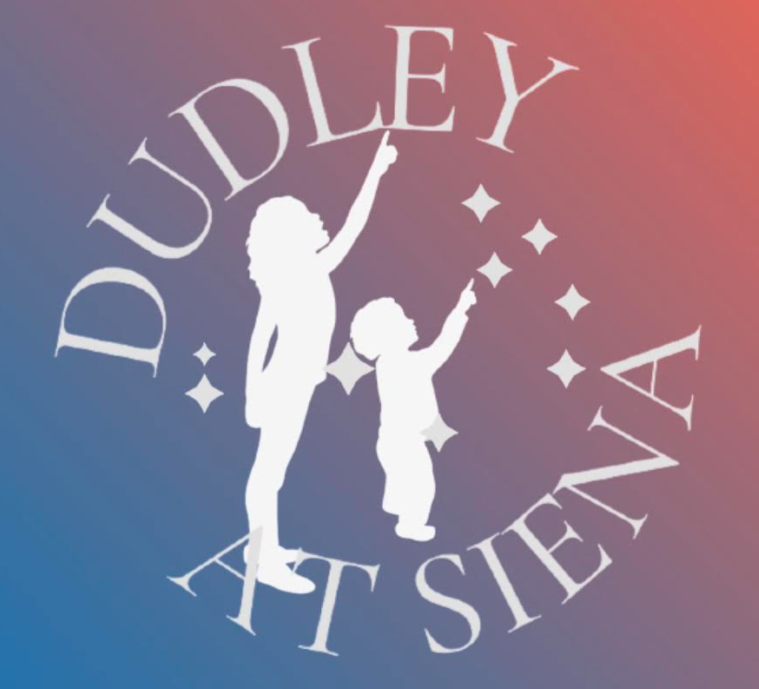Skywatch Line for Friday, May 9, through Sunday, May 11, written by Sam Salem
This is Dudley Observatory’s Skywatch Line for Friday, May 9, through Sunday, May 11, written by Sam Salem.
On Friday, Sun rises at 5:39am and sets at 8:05pm; Moon sets at 4:05am and rises at 5:25pm.
In the early evening hours on Friday and Saturday, the bright waxing gibbous Moon will visit Spica, the brightest star in Virgo the Maiden. On Friday, Spica shines a couple degrees lower left of the Moon. Spica might be difficult to see in the moon’s bright glow. On Saturday evening, Spica shines about 10° upper right of the bright Moon. They’ll set before dawn.
On Sunday, the Moon will reach apogee, its farthest distance from Earth in its elliptical orbit, on, when it’s 252,427 miles away.
Venus and Saturn are getting slightly higher in the eastern dawn. They both rise around the very first sign of morning twilight, nearly two hours before sunrise.
Venus, magnitude –4.7, shines 250 times brighter than Saturn. Binoculars will help locate Saturn 8° right of Venus on Saturday. In a telescope, Venus is a dazzling crescent about 33% sunlit. The vastly dimmer Saturn looks like a little ball. Both planets will be blurred and shimmery in a telescope in the low altitude seeing. You may see nothing of Saturn’s rings, which are presented nearly edge-on this year. Look for traces of a hairline needle stuck diagonally, or celestial east-west, through Saturn’s globe. That’s Venus and Saturn.
Mars, magnitude +1.0 in the constellation of Cancer, glows high in the southwest in the evening. It’s the orange dot a little more than a fist-width upper left of Pollux and Castor in the constellation of Gemini the twin. Mars is about two fists above Procyon. In a telescope Mars has shrunk to only 6 arcseconds in diameter, hardly more than a fuzzy blob.
Jupiter, at magnitude –2.0 in the constellation of Taurus, shines bright white low in the west in early evening, 46° lower right of Mars along the ecliptic. Jupiter continues to form a shrinking triangle with Taurus’s two horn-tip stars, Beta and fainter Zeta Tauri. They’re upper right and closer left of it, respectively. The triangle will flatten to a straight line on Thursday, May 15th. Jupiter sets in the west-northwest around 11pm. In a telescope Jupiter has shrunk to only 33 arcseconds wide.
Watch three zero-magnitude stars shining in the evening this month. Arcturus, the brightest star in the constellation of Boötes the Herdman, shines high in the southeast, Vega, the brightest star in the constellation of Lyra, shines much lower in the northeast. Capella, the brightest star in the constellation of Auriga the Charioteer, shines in the northwest. They appear so bright because each is at least 60 times as luminous as the Sun. Additionally, they’re all relatively nearby. They are 37, 25, and 42 light-years away from Earth, respectively
